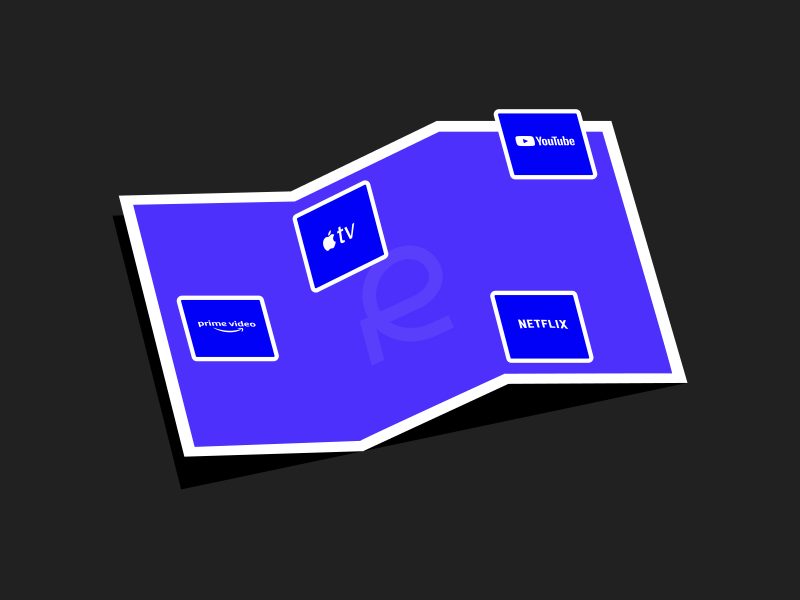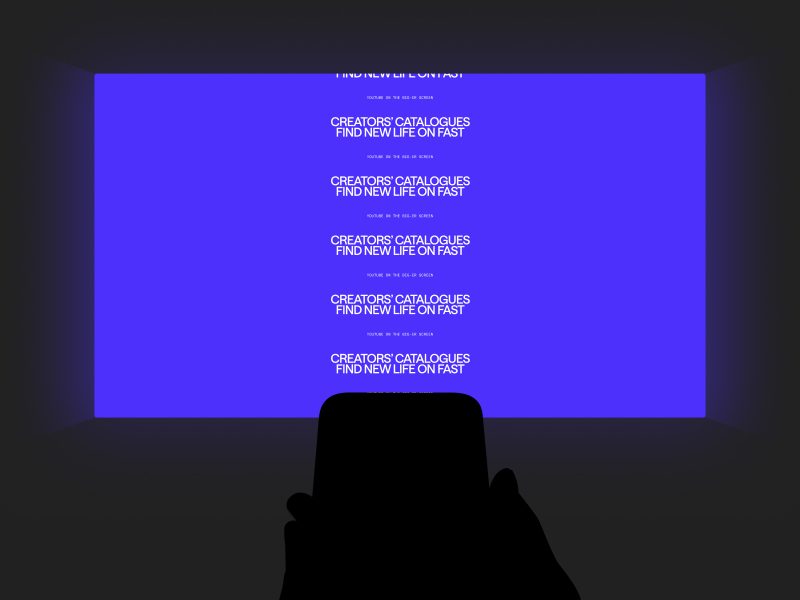Home TV is Evolving: A More Personal, Social, and Interactive Experience

For decades, the home television has remained largely unchanged in terms of viewer experience. While screens have become slimmer, picture quality has improved, and sound systems have advanced, the fundamental nature of TV viewing has remained a passive, sit-down activity.
03.27.2025
However, as mobile device consumption surpassed TV usage in 2019, the habits and expectations of viewers began to shift. Mobile platforms like Instagram and TikTok have trained audiences to expect a more personalized, interactive, and socially connected experience. As these behaviors become ingrained in everyday content consumption, the home TV is poised to follow suit.
A More Personalized Experience
Streaming services like Netflix and Hulu have already taken steps to personalize the TV experience. Their recommendation algorithms analyze user behavior to tailor content suggestions, mimicking the algorithmic curation found on social media feeds. While these recommendation engines are not yet as precise as TikTok’s, continued AI innovation will refine and enhance personalization, making each viewing experience uniquely suited to the individual.
Additionally, Smart TVs are tracking user behavior across various apps and services, curating a more customized home screen experience. By analyzing viewing habits, TV manufacturers are influencing not only what people watch, but where they watch it. As personalization becomes more sophisticated, we can expect to see TV experiences that feel more intuitive and user-specific, potentially even tailoring ad placements and interface design to individual preferences.
The Rise of Social TV
Television has traditionally been a communal experience, but in recent years, it has become more fragmented as audiences consume content individually on mobile devices. However, technology is bringing social elements back into TV viewing. One major example is the rise of watch parties, which surged during COVID-19 lockdowns. These features allow users to synchronize viewing across different households, engage in live chats, and share real-time reactions.
Smart TV manufacturers are also incorporating social features into their products. Brands like Samsung, LG, and TCL now offer ‘multi-view’ functionality, enabling viewers to watch a game show or a live event while simultaneously following real-time reactions on X (formerly Twitter) or engaging in a video call with friends. This shift signals a future where television is not just about passive consumption but also about real-time interaction and shared experiences, blurring the lines between social media and traditional TV.
A More Interactive TV Experience
Interactive commerce is making its way into the TV landscape. Shoppable TV is already being introduced by major players, allowing viewers to purchase products directly from their screens while watching their favorite shows. The ability to seamlessly transition from entertainment to e-commerce will redefine how brands engage with consumers.
Future developments will likely take interactivity even further. Imagine watching a rerun of America’s Got Talent, pausing mid-performance, and asking your TV who the contestant is. Without switching devices, your TV could pull up a YouTube playlist of their past performances, providing a seamless, immersive, and information-rich experience.
What This Means for Content Creators and Media Owners
As TV evolves to become more personal, social, and interactive, content producers and media owners must adapt. The old model of mass broadcasting is giving way to a more curated, algorithm-driven approach. Content needs to be engaging enough to keep viewers within a personalized ecosystem, social enough to encourage shared experiences, and interactive enough to provide additional layers of engagement.
This shift presents both challenges and opportunities. The ability to hyper-personalize content recommendations can increase viewer retention and engagement, while social and interactive elements open new doors for monetization. Whether through integrated shopping experiences, live audience participation, or AI-driven content discovery, the future of TV will be defined by its ability to merge the best aspects of mobile and social media into the living room experience.
For media owners and content creators, the message is clear: the television is no longer just a screen – it’s becoming a dynamic, responsive, and deeply connected content hub. The key to success in this new era will be embracing personalization, fostering social interaction, and leveraging interactive technologies to create a richer, more immersive viewer experience.



